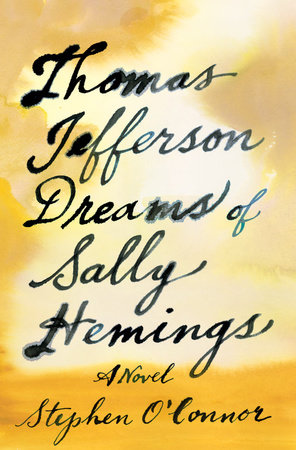The Strange and Ironic Fates of Jefferson’s DaughtersPosted in Articles, Biography, History, Media Archive, Slavery, United States, Virginia, Women on 2016-09-18 18:14Z by Steven |
The Strange and Ironic Fates of Jefferson’s Daughters
The Daily Beast
2016-09-17

Photo Illustration by Kelly Caminero/The Daily Beast
Martha Jefferson was Virginia elite. Her half-sister Harriet, though seven-eighths white, was deemed a slave at birth. No one could have predicted their fates.
Martha Jefferson was born in 1772, just as Monticello was rising above her, promising a life surrounded by beauty, luxury, and pampering. For the first ten years of her existence this promise held, but in 1782 Martha’s mother died, leaving a father incapacitated by grief, but still a father in pursuit of his daughter’s future happiness. He set out a stringent regimen of study which included reading, writing, literature, languages, music, art, and dance.
Two years later, Martha and her father traveled to France, joined later by Martha’s younger sister and her enslaved maid, Sally Hemings. In France Martha boarded at a convent school and received a formal education few other American women of the day would acquire in their lifetimes. At her father’s Paris residence, she received another kind of education, conversing with world leaders and learning, among other things, that there are countries where slavery was illegal. “I wish with all my soul that the poor Negroes were all freed,” she wrote her father from school. She listened eagerly as her father and his secretary, William Short, talked of plans to set up their slaves as free tenant farmers when they returned to Virginia. But the 17-year-old Martha listened eagerly to William Short for another reason—she had fallen in love and her father had taken note; he abruptly took Martha, her sister, and Sally Hemings—who was pregnant with Thomas Jefferson’s child—back to Virginia.
There the realities of the Virginia way of life and her father’s new preoccupations with Monticello, politics, and dare she imagine it—Sally—convinced Martha it was time to claim a life for herself. After three short months at home, with her father’s whole-hearted blessing, Martha married her distant cousin, Thomas Randolph, a man determined to make his way in Virginia “without dependency” on the institution of slavery…
Read the entire article here.

